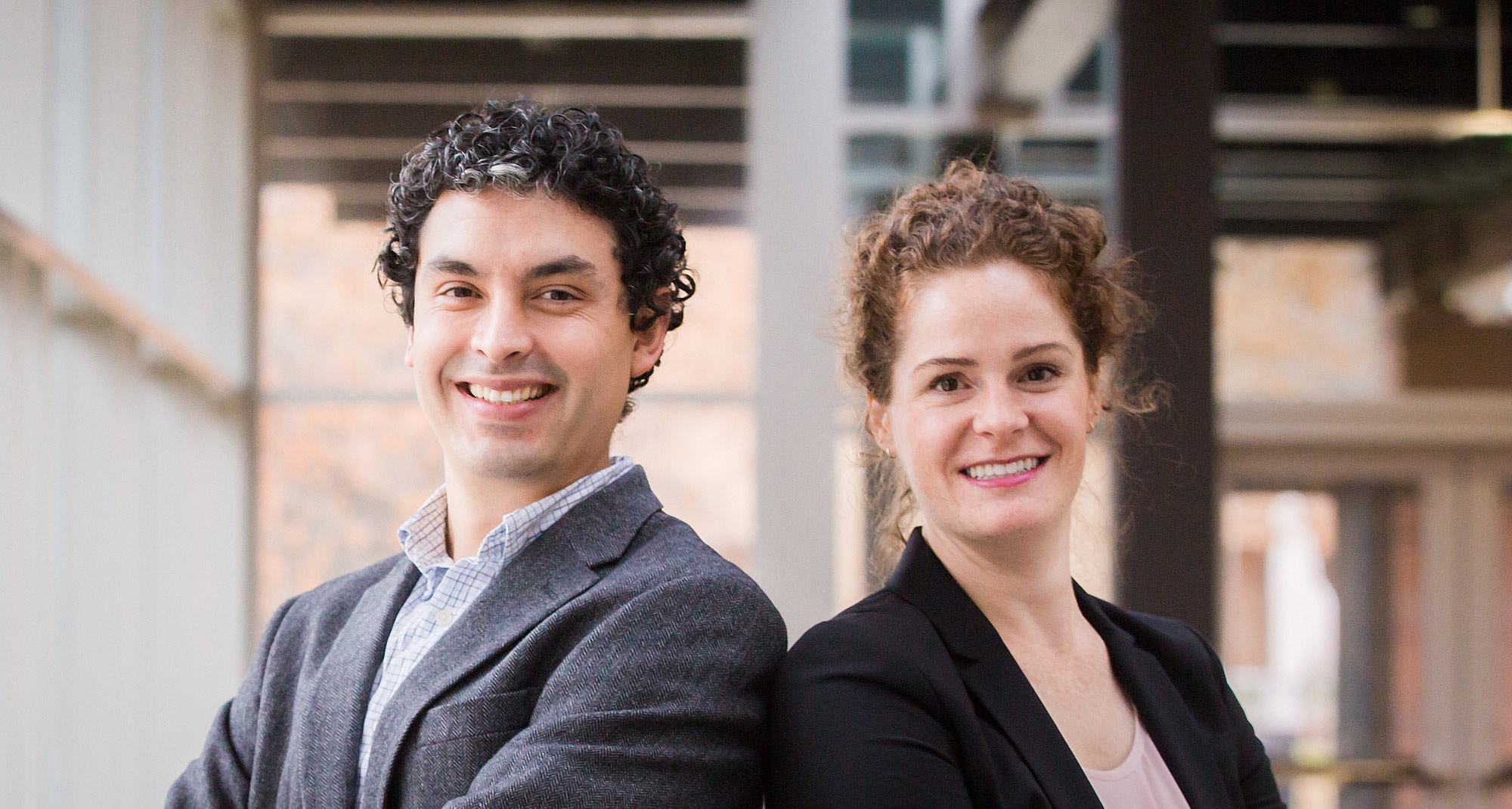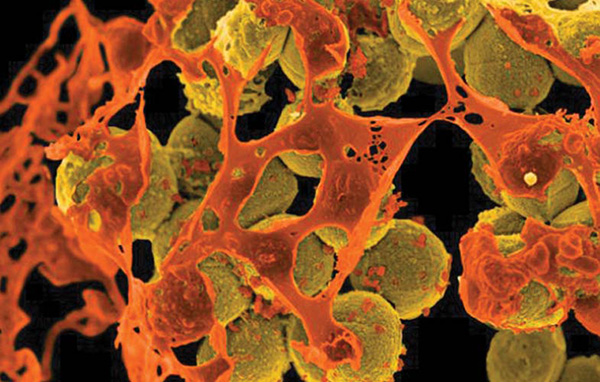Can we save our dying oceans?
It’s difficult to say, since so much depends on how aggressively we address the pressing issues that are facing us.
Oceans define our home planet, covering more than 70 percent of the Earth’s surface and driving the weather and climatic patterns that are essential to life. Maintaining the economic and life-support value of the ocean relies on preserving the well-being of its ecosystems. The 2010 Deepwater Horizon oil spill in the Gulf of Mexico was one of the worst environmental marine disasters in history, and is one of several new and emerging threats to ocean health. The spill damaged diverse marine ecosystems in the Gulf, including deepwater coral ecosystems. Because they provide habitats for abundant invertebrate and fish communities, they have been prioritized in federal restoration programs.
At Lehigh, we are working on a collaborative project designed to guide the restoration of deepwater coral ecosystems impacted by the Deepwater Horizon spill and support the sustainability of these ecosystems in the Gulf of Mexico. The project aims to understand the connectivity patterns among populations of several deepwater coral species to inform the management of marine protected areas, and is supported by $1.3 million in funding from the NOAA RESTORE Act Science Program to conduct oceanographic field work using unmanned submersibles to collect coral samples and perform genomic analyses in the laboratory. Several Lehigh students are contributing to this project, both at sea and in the laboratory.
We are also focusing on the seafloor processes that have made Earth habitable over geologic time. At submarine mid-ocean ridges, circulating seawater is heated by volcanic activity and transformed into superheated hydrothermal vent fluids. When these fluids mix with seawater, they form an energy-rich mineral-laden “soup” that supports ecosystems in the absence of sunlight. Earth is not the only ocean world in our solar system, however.
NASA may one day search for life on the icy moons Enceladus and Europa, and we are exploring hydrothermal systems in Earth’s northernmost ridge crest, the Gakkel Ridge at 87°N. We are also working in the subtropical ocean to determine chemical energy sources for life via the collection of vent samples, and the use of in situ sensors at the Pescadero Basin, Gulf of California.
What we learn will be crucial in determining worldwide efforts to save the essential resources our oceans provide.




